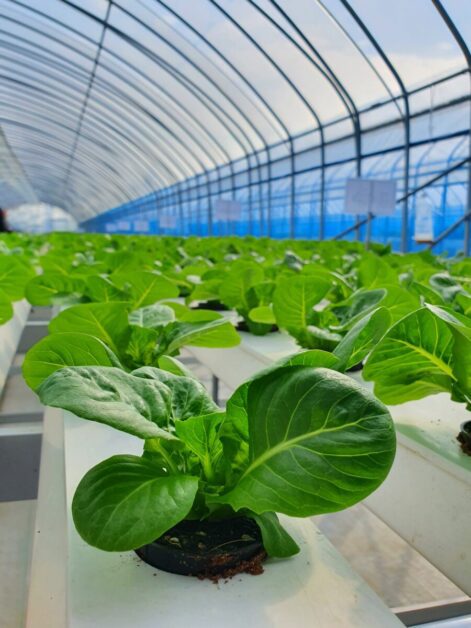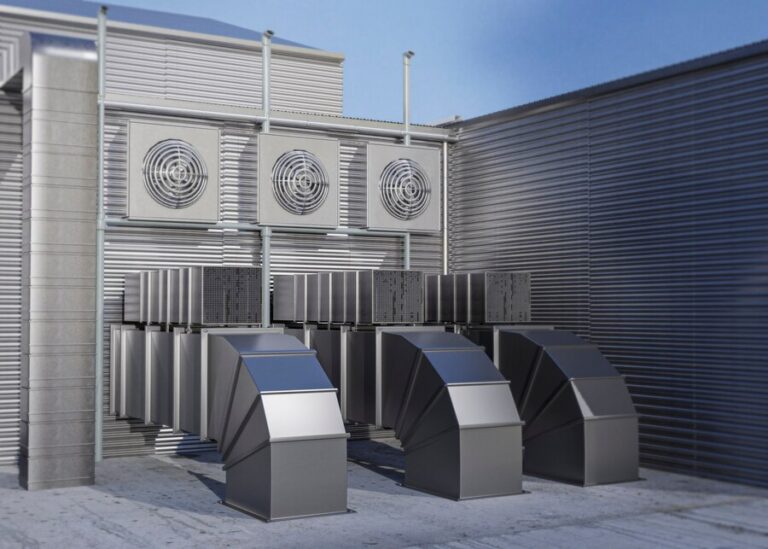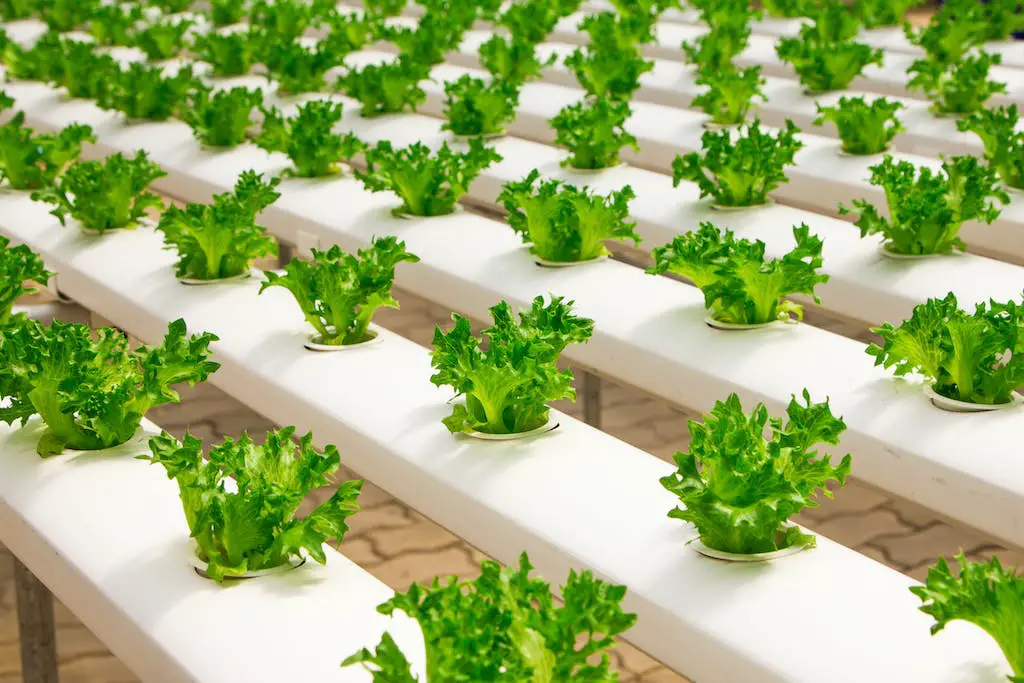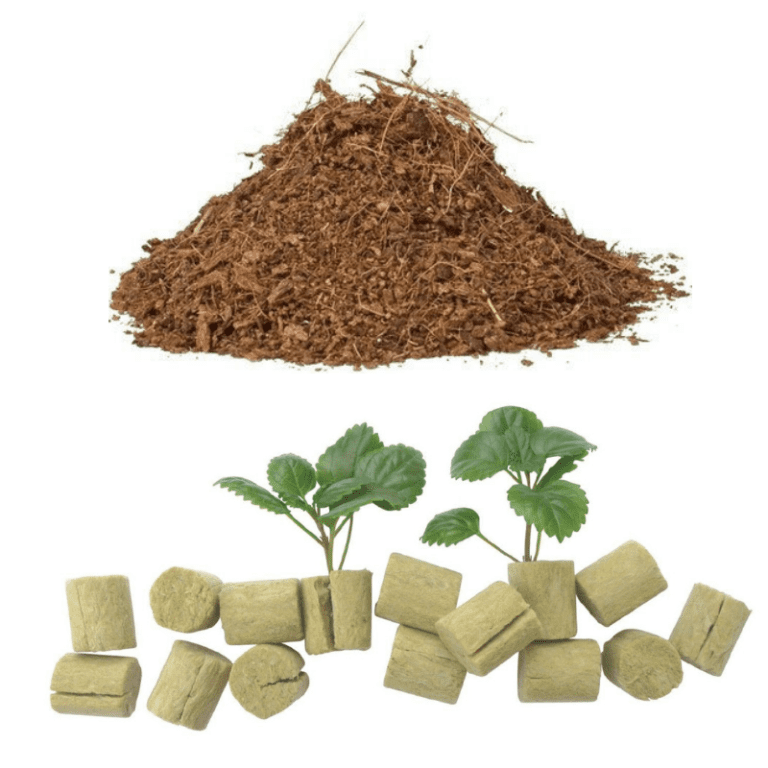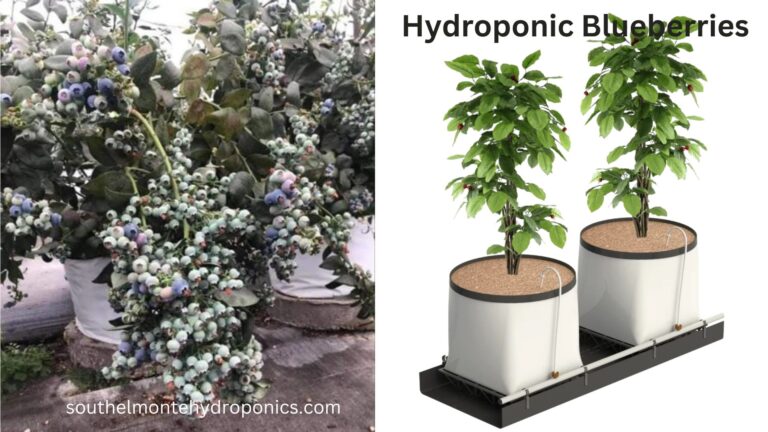The Ultimate Guide to Choosing the Right Container for DWC Hydroponics
Table of Contents
The Role of pH and Nutrient Solution Stability in Container Selection for DWC Hydroponics
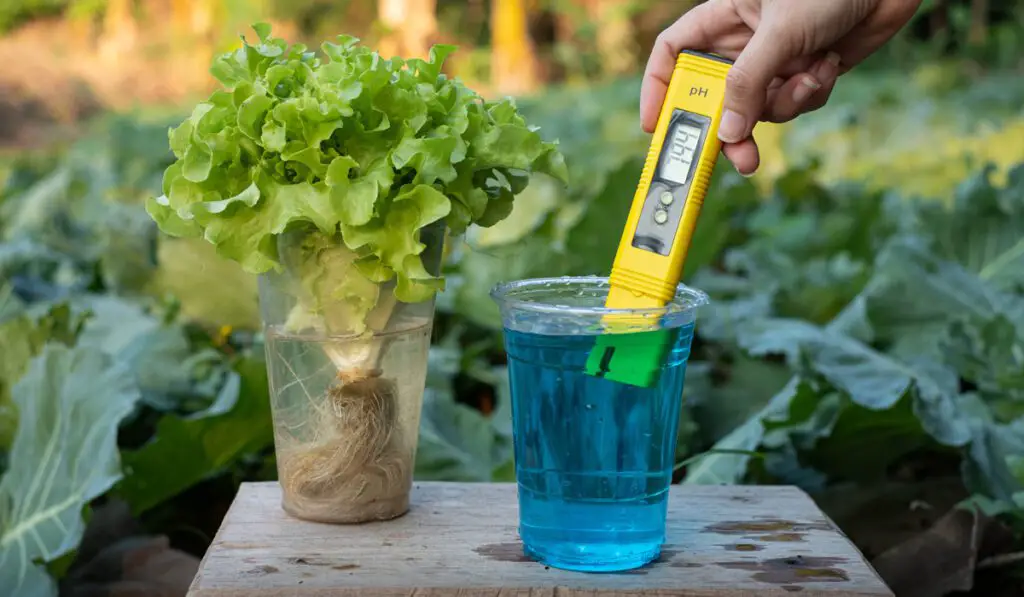
The pH and nutrient solution stability are crucial factors to consider when selecting containers for DWC (Deep Water Culture) hydroponics. The pH level of the nutrient solution plays a vital role in the overall health and growth of hydroponic plants. It directly affects the availability of nutrients to the plant roots, as well as the efficiency of nutrient uptake.
An optimal pH range is essential for ensuring that plants can effectively absorb nutrients. Most hydroponic crops thrive in a slightly acidic environment, with a pH range of 5.5 to 6.5. This range allows for optimal nutrient uptake and ensures that the plants can access all the essential elements necessary for growth. If the pH level deviates from this range, deficiencies or toxicities may occur, leading to stunted growth, nutrient lockout, or even plant death. Therefore, maintaining proper pH levels is crucial in container selection for DWC hydroponics.
Below are the pH levels that we can refer.
| pH Levels in Deep Water Culture Hydroponics | Optimal Range | Effects of Deviations | Adjustment Actions |
|---|---|---|---|
| Seed Germination Phase | 5.5 – 6.5 | – Ensures nutrient uptake for seedlings. | – Adjust pH with gentle increments using pH buffers. |
| Vegetative Growth Phase | 5.5 – 6.5 | – Facilitates nutrient absorption for growth. | – Monitor and adjust pH regularly to maintain stability. |
| Flowering/ Fruiting Phase | 5.5 – 6.5 | – Supports flowering and fruit development. | – Use pH buffers to fine-tune levels based on plant needs. |
| Root Health Maintenance | 5.5 – 6.5 | – Prevents root stress and potential diseases. | – Implement consistent pH monitoring and adjustments. |
| Reservoir Maintenance | 5.8 – 6.2 | – Maintains stable nutrient availability. | – Regularly check and adjust pH to stay within the range. |
| Nutrient Uptake Efficiency | 5.5 – 6.5 | – Optimizes nutrient absorption by plants. | – Use pH monitoring kits for accurate and timely adjustments. |
Similarly, nutrient solution stability is a critical consideration in container selection. When using a deep water culture system, the nutrient solution becomes the primary source of essential elements for the plants. It is essential to choose containers that can effectively hold and stabilize the nutrient solution, preventing fluctuations in nutrient concentration.
Fluctuations in nutrient concentration can negatively impact plant health and performance. Unstable nutrient solutions can lead to nutrient deficiencies or toxicities, disrupting the delicate balance required for healthy plant growth. Investing in containers that provide stability and minimize nutrient solution fluctuations is paramount for achieving optimal yields in DWC hydroponics.
In conclusion, understanding the role of pH and nutrient solution stability is vital when selecting containers for DWC hydroponics. Maintaining the proper pH range and ensuring nutrient solution stability are key factors in optimizing plant growth, health, and yield. By carefully considering these aspects, hydroponic enthusiasts can create an ideal growing environment for their plants and maximize their hydroponic gardening success.
• The pH level of the nutrient solution directly affects nutrient availability and uptake in DWC hydroponics.
• An optimal pH range for hydroponic plants is 5.5 to 6.5, allowing for efficient nutrient absorption.
• Deviations from the optimal pH range can lead to deficiencies or toxicities, hindering plant growth.
• Proper container selection is crucial in maintaining stable pH levels in DWC hydroponics.
• Nutrient solution stability is also important in container selection for DWC hydroponics.
• Fluctuations in nutrient concentration can negatively impact plant health and performance.
• Containers that effectively hold and stabilize the nutrient solution are essential for optimal yields.
• Investing in containers that minimize fluctuations ensures a balanced environment for healthy plant growth.
Understanding the Impact of Container Size on Plant Growth and Yield in
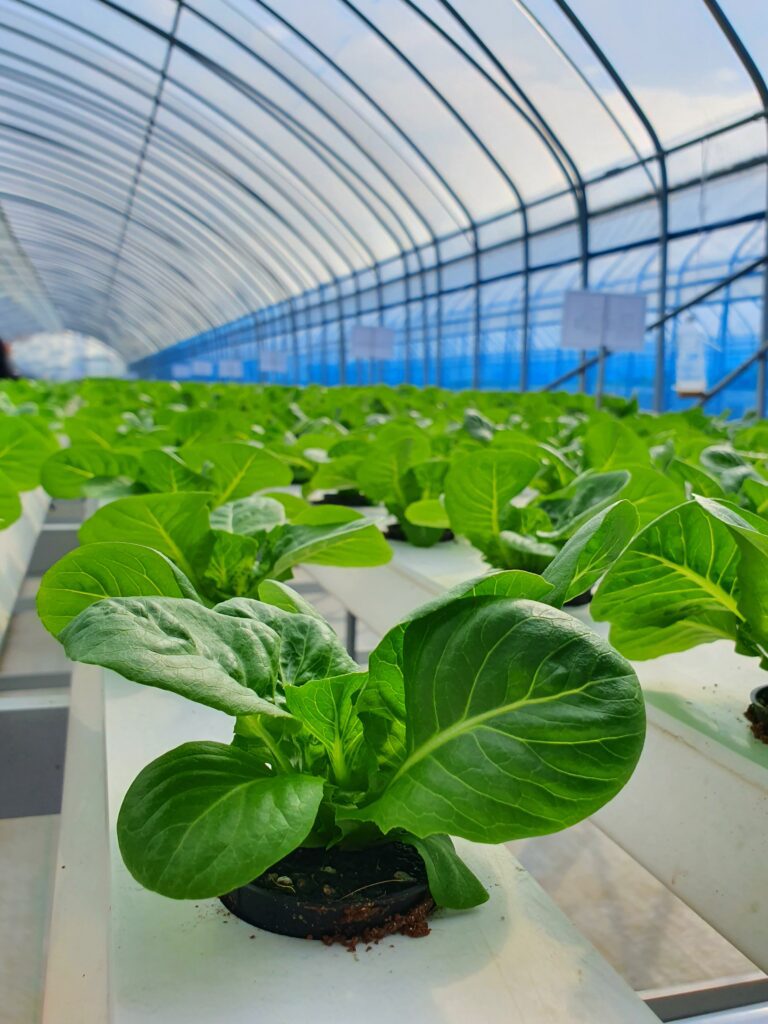
Container size, an often overlooked factor in plant growth and yield, plays a crucial role in the success of hydroponic systems. The size of the container directly impacts the availability of water, nutrients, and oxygen to the plant roots. When the container size is too small, the root system becomes cramped, restricting growth and limiting nutrient uptake. On the other hand, an excessively large container may lead to waterlogged conditions, reducing oxygen availability to the roots and promoting root rot. Therefore, finding the optimal container size is essential for maximizing plant growth and yield in hydroponic systems.
Several studies have demonstrated the significance of container size on plant performance. One study conducted on tomato plants in a deep water culture (DWC) system found that increasing container size from small to large resulted in a significant increase in plant height, leaf area, and overall biomass. The researchers attributed these improvements to the larger root system in the larger containers, enabling better nutrient uptake and higher water availability.
Similarly, research on lettuce grown in hydroponic NFT (Nutrient Film Technique) systems revealed that plants grown in larger containers exhibited greater shoot biomass, leaf area, and nitrogen content compared to plants grown in smaller containers. The authors suggested that the increased nutrient availability and root exploration space in larger containers allowed for enhanced nutrient uptake and better plant development.
These findings highlight the importance of selecting an appropriate container size when designing a hydroponics setup. By providing enough space for root growth and efficient nutrient uptake, gardeners can ensure optimal plant performance and maximize their yields. To determine the ideal container size for specific crops, factors such as plant size, growth rate, and nutrient requirements should be considered. Experimentation and monitoring plant response can help gardeners fine-tune their container selection and achieve the best possible outcomes in hydroponic cultivation.
• Container size is a crucial factor in the success of hydroponic systems
• The availability of water, nutrients, and oxygen to plant roots is directly impacted by container size
• Small containers can restrict root growth and limit nutrient uptake
• Excessively large containers can lead to waterlogged conditions and root rot
• Optimal container size is essential for maximizing plant growth and yield in hydroponic systems
| Container Size | Water Availability | Nutrient Accessibility | Oxygen Supply |
|---|---|---|---|
| Small | Limited; Requires frequent refilling. | Quick depletion; Frequent nutrient changes. | Limited; Risk of inadequate oxygenation. |
| Medium | Moderate; Less frequent refilling. | Balanced; Can sustain plant needs. | Adequate; Better oxygen distribution. |
| Large | Abundant; Rarely needs refilling. | Stable; Allows for longer nutrient cycles. | Optimal; Provides ample oxygen to roots. |
| Variable Depths | Variable based on design. | Variable based on design. | Variable based on design. |
Several studies have demonstrated the significance of container size on plant performance:
◦ One study on tomato plants in a DWC system found that increasing container size resulted in increased plant height, leaf area, and overall biomass
◦ Research on lettuce grown in NFT systems showed that larger containers led to greater shoot biomass, leaf area, and nitrogen content compared to smaller containers
Selecting an appropriate container size when designing a hydroponics setup is important:
◦ Factors such as plant size, growth rate, and nutrient requirements should be considered when determining the ideal container size for specific crops
◦ Experimentation and monitoring plant response can help fine-tune container selection for optimal outcomes
To watch and learn more about pH levels for hydroponics, click play on the video below.
How does container size affect plant growth and yield in hydroponics?
Container size plays a significant role in plant growth and yield in hydroponics. Larger containers provide more root space, allowing plants to develop a larger and more robust root system. This, in turn, promotes better nutrient absorption and overall plant growth.
Does container size impact the pH of the nutrient solution in hydroponics?
Container size itself does not directly impact the pH of the nutrient solution in hydroponics. However, larger containers tend to hold a greater volume of nutrient solution, which can help maintain a more stable pH level. Smaller containers may experience pH fluctuations more rapidly due to the limited nutrient solution volume.
How does container selection influence nutrient solution stability in DWC hydroponics?
The selection of the container for DWC (Deep Water Culture) hydroponics can influence nutrient solution stability. Containers with good insulation properties can help maintain the desired temperature range for optimal nutrient solution stability. Additionally, containers with dark or opaque materials can prevent light penetration, reducing the growth of algae that can destabilize the nutrient solution.
Is there an optimal container size for plant growth and yield in hydroponics?
The optimal container size for plant growth and yield in hydroponics can vary depending on the specific plant species and growth stage. Generally, larger containers provide more space for root development and can support larger plants with higher yields. However, it is important to consider the specific requirements of the plant being grown and adjust the container size accordingly.
Can a smaller container size negatively impact plant growth and yield in hydroponics?
Yes, a smaller container size can negatively impact plant growth and yield in hydroponics. Limited root space in smaller containers can restrict root development, leading to stunted growth and reduced nutrient absorption. This can ultimately result in lower yields compared to plants grown in larger containers.
Are there any drawbacks to using larger containers in hydroponics?
While larger containers can generally benefit plant growth and yield in hydroponics, there are some drawbacks to consider. Larger containers require more space and resources, such as water and nutrients, which may increase costs. Additionally, it is important to ensure proper drainage in larger containers to avoid waterlogging and root rot issues.
Can container size affect the overall health of plants in hydroponics?
Yes, container size can affect the overall health of plants in hydroponics. Adequate root space provided by larger containers allows plants to establish a healthy root system, leading to better nutrient uptake and overall plant vitality. Smaller containers can restrict root growth and may result in nutrient deficiencies or imbalances, negatively impacting plant health.
How can I determine the appropriate container size for my hydroponic plants?
The appropriate container size for hydroponic plants can be determined by considering the specific plant species, growth stage, and expected size. Researching the recommended container sizes for the particular plants you are growing can provide valuable guidance. Additionally, considering the space available, resource limitations, and any specific growth requirements can help determine the most suitable container size.
Do different types of plants require different container sizes in hydroponics?
Yes, different types of plants may require different container sizes in hydroponics. Some plants, such as leafy greens, can thrive in smaller containers, while larger plants like tomatoes or cucumbers may require larger containers to accommodate their root systems and support their growth. It is essential to consider the specific needs of each plant species when determining the appropriate container size.

